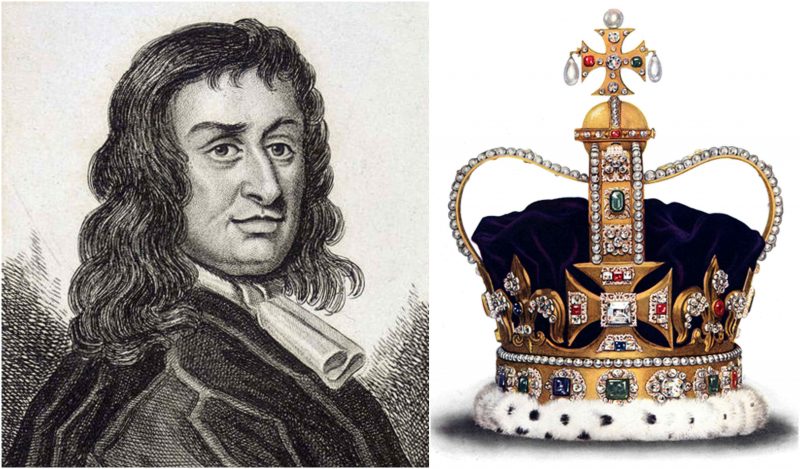One of the most audacious rogues in history was Colonel Blood, known as the ‘Man who stole the Crown Jewels.’
Thomas Blood was an Irishman, born in County Meath in 1618, the son of a prosperous blacksmith. He came from a notable family: his grandfather, who lived in Kilnaboy Castle, was a Member of Parliament and Blood himself became a Parliamentarian during the English Civil War.
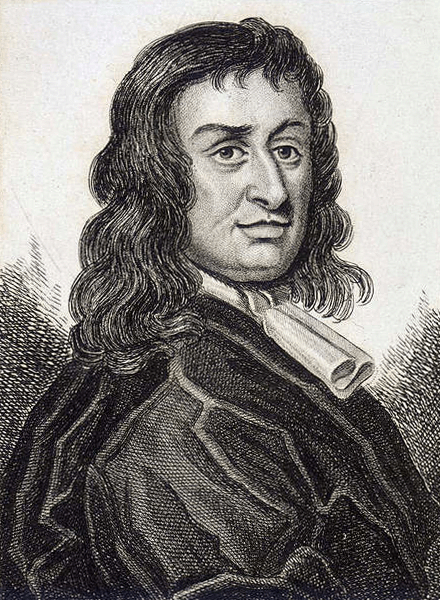
However, when the Monarchy was restored in 1660, Colonel Blood lost all his lands. In revenge in 1663, he conspired to capture James Butler, the Duke of Ormond. He was Lord Lieutenant of Ireland and was based at Dublin Castle. In disguise, and with the help of accomplices, he tried to force his way into the castle, but the plot had been discovered. Most of the gang were arrested but Blood, using various disguises as a Quaker and as a Priest, eventually escaped to Holland, where he stayed for several years.
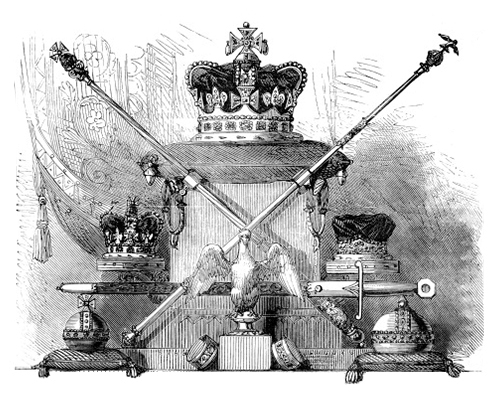
During the 1660 restoration of the monarchy, two new scepters and an orb costing £12,185 were made for the coronation of Charles II in 1661. So, in 1671, Colonel Blood hatched a bizarre plan to steal the new Crown Jewels. His plans were elaborately laid. He went to the Tower disguised himself as a parson. He gained the confidence of Talbot Edwards, the Keeper, and promised to arrange a marriage between his imaginary nephew and Edwards’ daughter. Blood and his accomplices became well acquainted with the security arrangements.
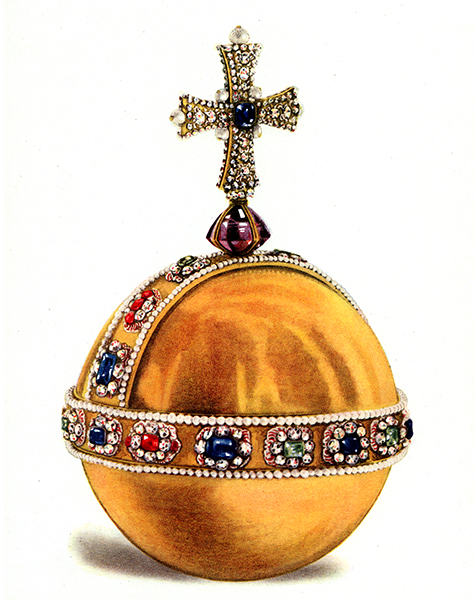
On May 9th, 1671 the daring plan went into action. Blood persuaded Edwards to show the Crown Jewels to his friends. The gang bound and gagged Edwards and made off with the loot. Edwards managed to raise the alarm, and the thieves were captured. Blood was imprisoned in the Tower. He refused to speak to anyone except the King.
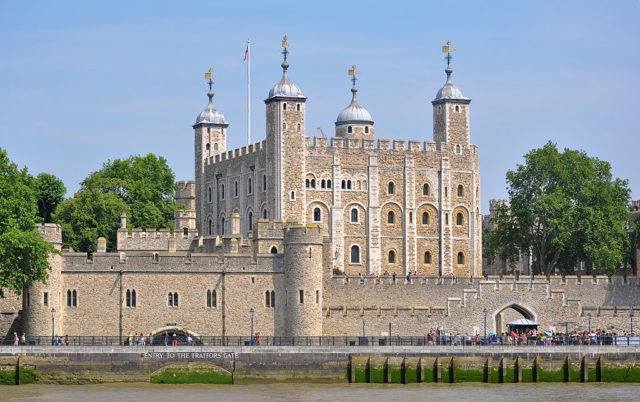
He was consequently taken to the palace in chains, where he was questioned by King Charles, Prince Rupert, and others. King Charles asked Blood, “What if I should give you your life?”, and Blood replied, “I would endeavor to deserve it, Sire!” To the disgust of Ormond, Blood was not only pardoned but also given land in Ireland worth £500 a year. The reasons for the king’s pardon are unknown.
Some historians have speculated that the king may have feared an uprising in revenge by followers of Blood, who were thought to have taken an oath to their leader. Others speculate that the king had a fondness for audacious scoundrels such as Blood and that he was amused by the Irishman’s claim that the jewels were worth only £6,000 as opposed to the £100,000 at which the Crown had valued them.
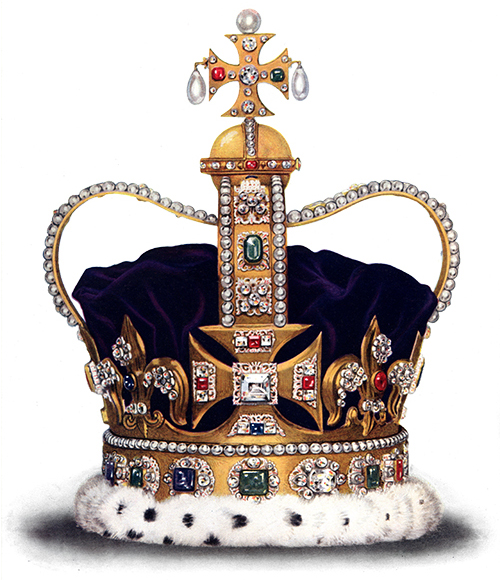
There is also a suggestion that the king was flattered by Blood’s revelation that he had previously intended to kill him while he was bathing in the Thames but had been swayed otherwise, having found himself in “awe of majesty.” It has also been suggested that his actions may have had the connivance of the king because the king was very short of money at the time.
Following his pardon, Blood became a familiar figure around London and made frequent appearances at Court, where he was employed to advocate in the claims of suitors to the Crown.
